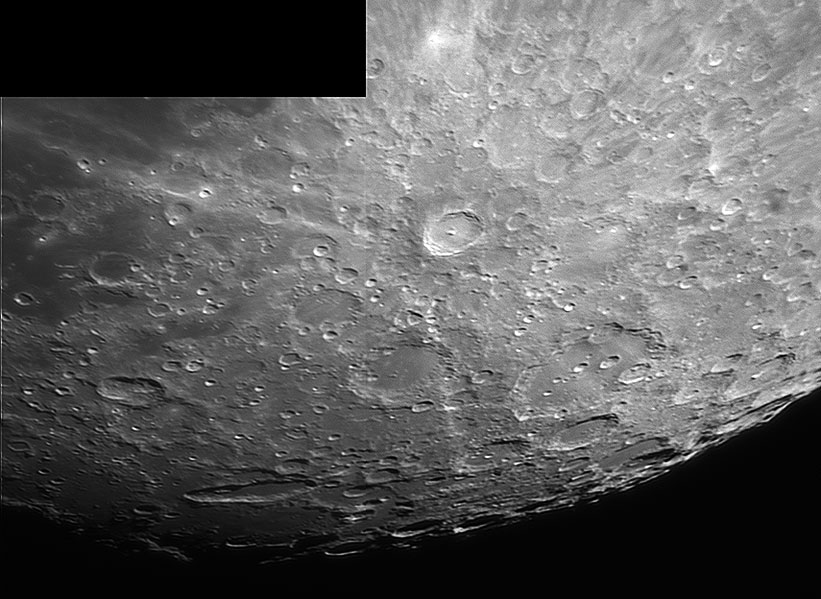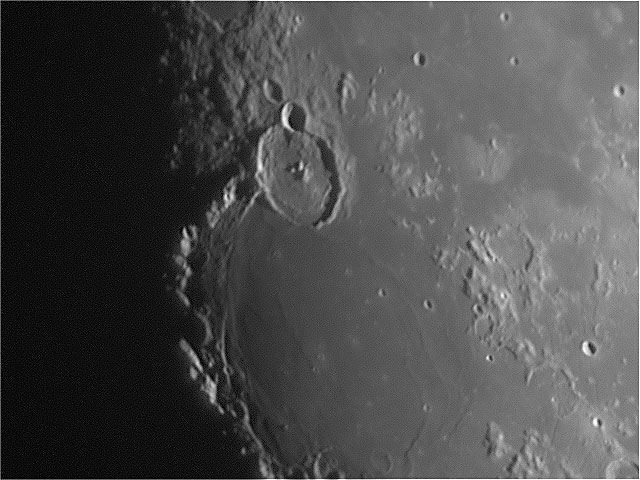
Since about 30 years ago, when an astronomy club colleague showed me M104 the sombrero galaxy in a 20×60 binocular it was one of my favourite deep sky objects.
A night after the great Aurora Display of 2024 I joined a friend who was imaging the Leo triplet, and had a go at M104 using the Starfire 127mm on the G-11 mount. We had a fun evening, saw some faint meteors, watched the milky way slowly rising.








